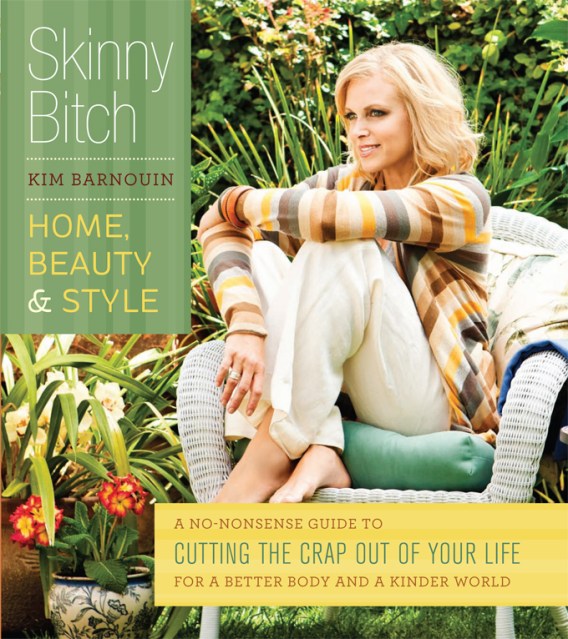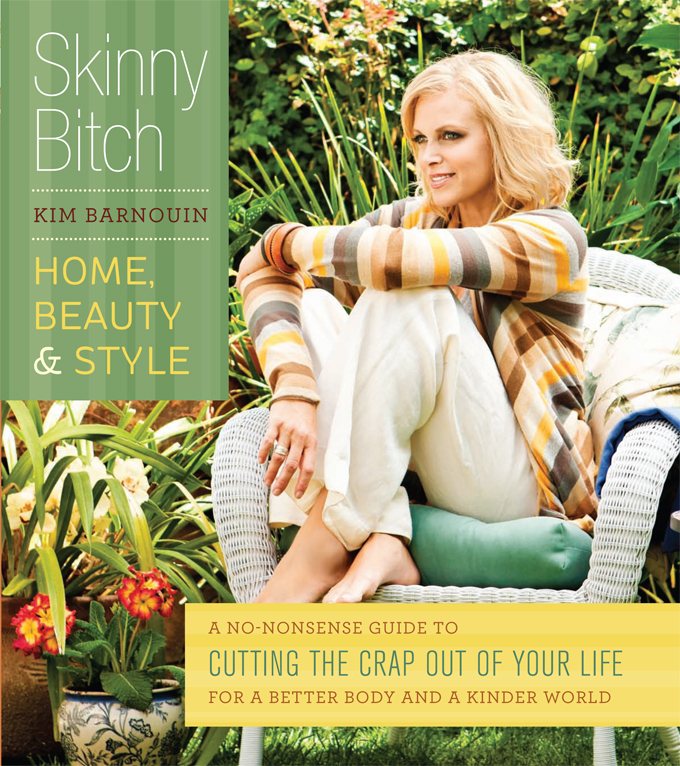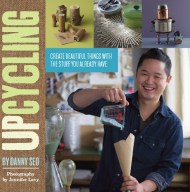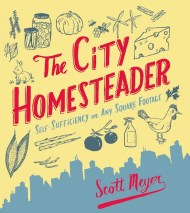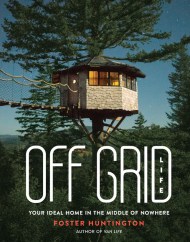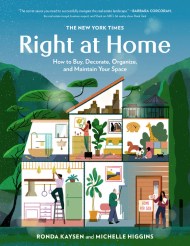Promotion
Use code MOM24 for 20% off site wide + free shipping over $45
Skinny Bitch: Home, Beauty & Style
A No-Nonsense Guide to Cutting the Crap Out of Your Life for a Better Body and a Kinder World
Contributors
By Kim Barnouin
Formats and Prices
Price
$13.99Price
$17.99 CADFormat
Format:
ebook $13.99 $17.99 CADThis item is a preorder. Your payment method will be charged immediately, and the product is expected to ship on or around September 27, 2011. This date is subject to change due to shipping delays beyond our control.
Also available from:
Kim blows the lid on all of the nasties in our everyday stuff (everything from lipstick to sofa upholstery), and shows how we can make both small and big changes in our home, wardrobe, and beauty regimen — for living the Ultimate Skinny Bitch lifestyle!
Genre:
- On Sale
- Sep 27, 2011
- Page Count
- 256 pages
- Publisher
- Running Press
- ISBN-13
- 9780762443567
Newsletter Signup
By clicking ‘Sign Up,’ I acknowledge that I have read and agree to Hachette Book Group’s Privacy Policy and Terms of Use
